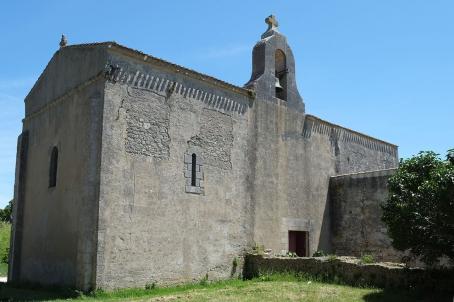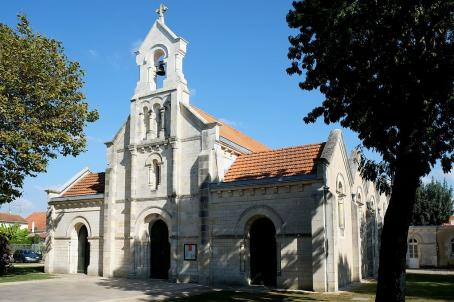Church of Saint-Pierre
Imposing building, which comprises elements from different periods and incorporates an octagonal bell tower topped by an observation platform. Like many other churches on Oléron, the church suffered considerably from the impact of the Wars of Religion, and was sacked and partially destroyed during this period.
About this building
Forming a Latin cross, the church consists of a nave divided into three bays, covered with ogival vaults (except for the first bay, which is covered with a panelled vault) resting on columns with Corinthian capitals or on rectangular piers, a projecting transept and a rectangular apse.




